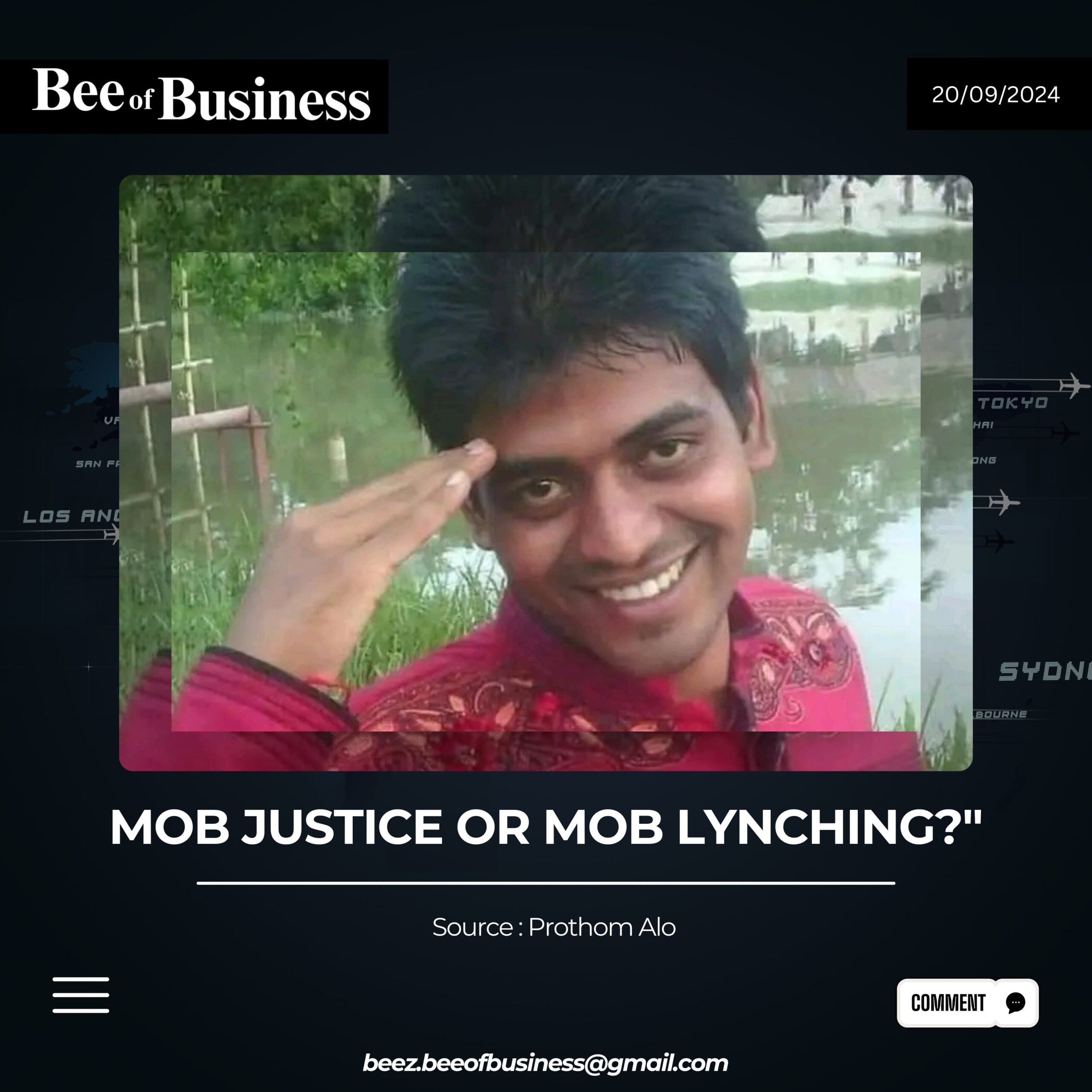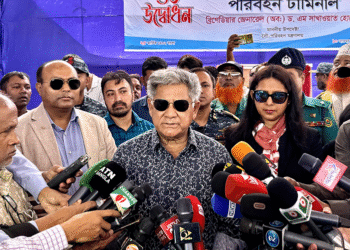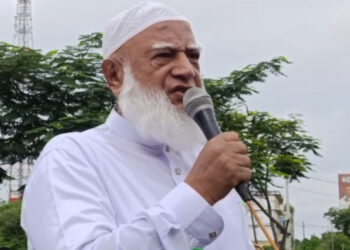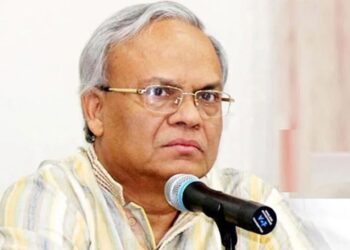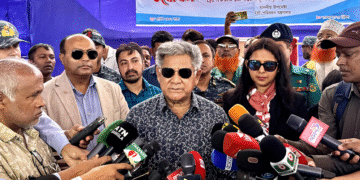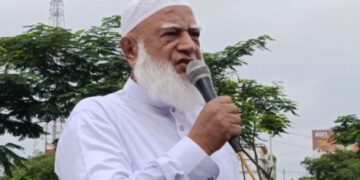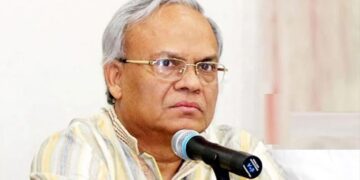The agitated crowd (Bhaddarloki in ‘Bengali’ called ‘Mob’) themselves became Kota and seized the ‘accused’, themselves became the ‘Justice’ i.e. ‘Kazi’ and sentenced them and themselves became the executioners and beat the three to death.
Based on the argument of ‘no use to the police’, these three murders of the public who wanted immediate justice were called ‘mob justice’ or ‘mad mob justice’.
Since the word ‘justice’ literally means ‘justice’, a large section of the public found a kind of justification in the word ‘mob justice’.
They no longer saw these as mere culpable homicides or murders. Somewhere in between they found a glimmer of justice.
In the case of Dhaka University, we learned that after Wednesday evening in Fazlul Haque Muslim Hall, students arrested a young man named Tafajjal on suspicion of ‘mobile phone theft’.
The students of the highest educational institution instantly became a ‘mob’. For them, stealing mobile phones is a bigger theft than stealing billions of people’s money and smuggling it abroad. They started practicing ‘justice’ in the trial of thieves.
The mob brought Tafajjal to the guest room and beat him repeatedly till 10 pm.
At one stage, Mob felt that it would be ‘injustice’ to Tafajjal if he was killed continuously on an empty stomach. Mob took him to the canteen in the hall and made him eat rice with pulses and vegetables. Tafajjal’s stomach was full.
Mob’s sense of justice then sentenced the full-bellied Tafajjal to another round of killing.
Tafajjal could not take this beating anymore. He fell down. After taking him unconscious to the hospital around 12 o’clock, the doctor said that he had died long ago. Mob Justice went to Tafajjal morgue.
Share via:

